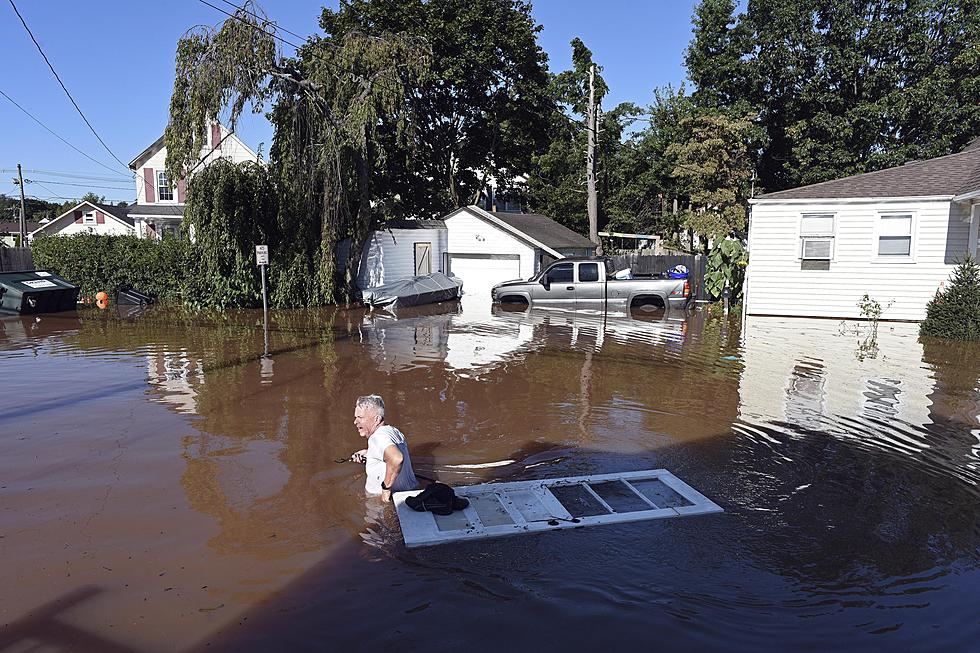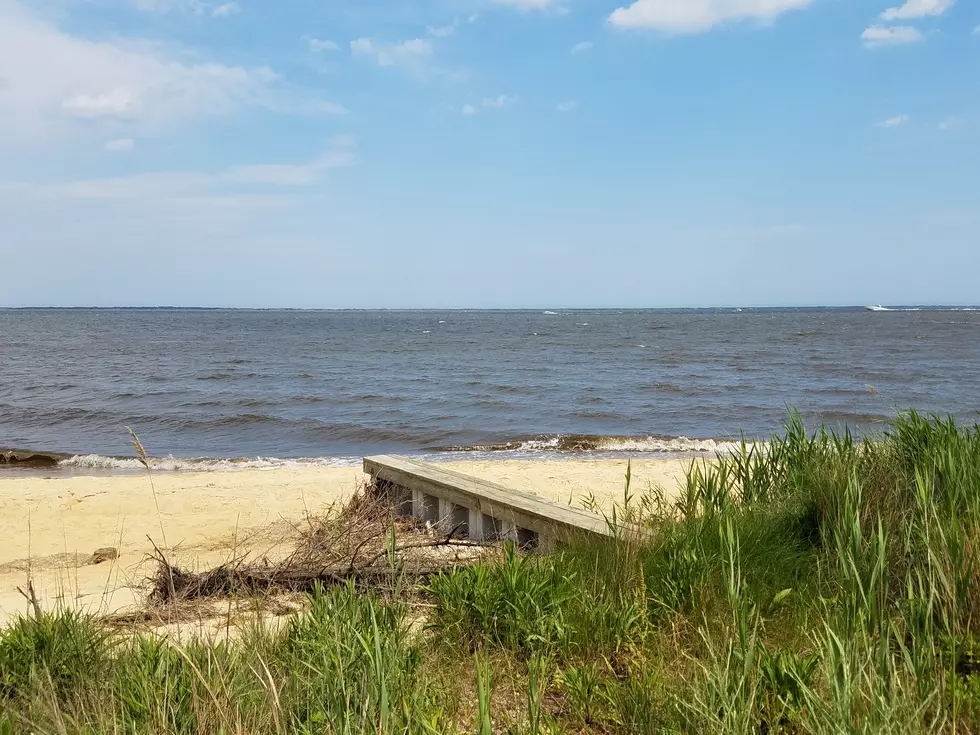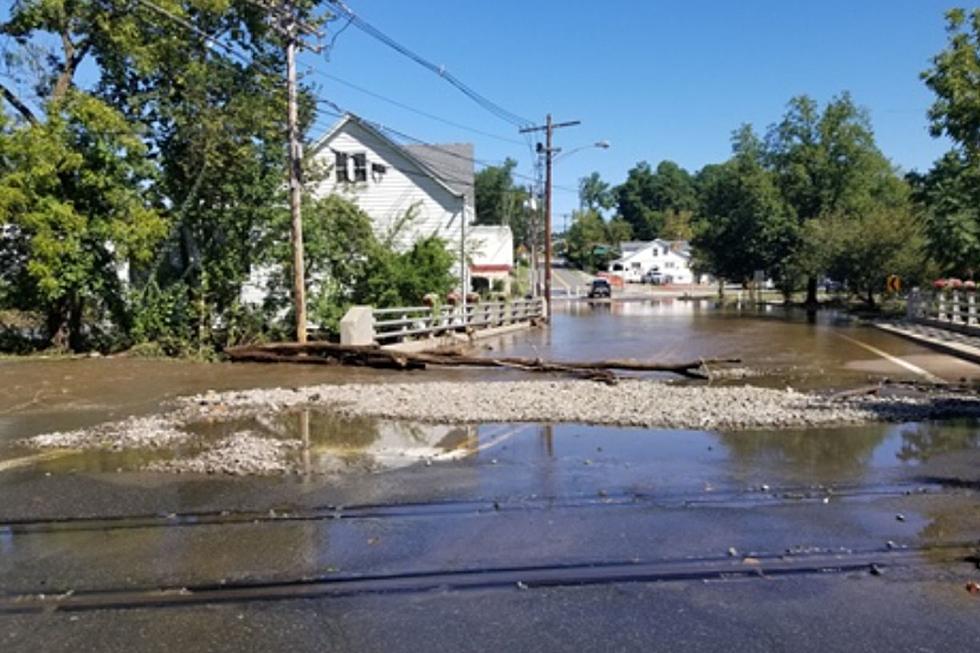
As NJ recovers from ‘Waterworld,’ enviros call for climate action
TRENTON – As the governor and members of Congress assessed the damage across New Jersey from Ida, they were quick to mention climate change, their hope for billions in federal infrastructure spending and a pivot toward renewable energy
Environmentalists say that and more will be needed if the state wants a truly comprehensive plan for limiting life-threatening floods.
Doug O’Malley, director of Environment New Jersey, said the Northeast gets 55% more precipitation now than it did 50 years ago. This summer, the state got doused by tropical systems Elsa, Fred, Henri and now Ida. Three of them came in a 15-day span.
“This unfortunately is a scary picture of what climate change is going to mean for the Garden State,” O’Malley said.
O’Malley said Ida’s remnants “literally turned New Jersey into Waterworld.” said Doug O’Malley of Environment New Jersey, who hopes it compels public officials to “start treating stormwater like the danger it can be.”
“This does feel like it could be an inflection point for people to realize that climate change is not just a problem for somebody else or a problem for our kids. But it’s a problem right now, and we need to be more aggressive on dealing with it,” he said.
O’Malley said planning for the impact of climate change obviously isn’t cheap – but that having communities flooded isn’t, either. Ed Potosnak, executive director of the New Jersey League of Conservation Voters, said an estimated $16 billion in stormwater infrastructure is needed.
“It would not prevent everything that we saw on TV and in our own communities, but it would help to reduce the impacts, for sure,” Potosnak said.
Potosnak said “there’s no doubt this storm was off the charts” – but that even with record-breaking storms, there are things that can reduce flooding.
“But doing nothing has gotten us to the place where we are, and it’s not acceptable,” he said. “We need to be doing something differently.”
Potosnak said even if flooding levels can be reduced by 6 inches to a foot, that would matter a lot to business owner whose store took on 3 inches of water and now must repair and renovate.
Peter Kasabach, executive director of New Jersey Future, said overdue infrastructure spending or Blue Acres buyouts of flood-prone homes could help but that a comprehensive strategy must also include rethinking where it is safe to build.
Kasabach said “the storm doesn’t tell us anything new” – that we know climate change is real and causing storms to be more frequent and intense, with increased flooding the result.
“I think what’s challenging is that we are not responding as quickly as we should be,” he said.
Kasabach said the amped-up storms are only partly to blame for the damage that ensues. He said the results also depend on how the state adapts to handling stormwater, reducing impervious surfaces and – perhaps most importantly – zoning for development.
“That is the curse of home rule, the ratable chase,” Kasabach said. “The ratable chase has lots of negative unintended consequences, including looking to create more development, more buildings in places where they really shouldn’t be.”

“We’ve got to recognize that there are places that we thought were safe to build or rebuild, and they aren’t,” he said. “And so, we’re going to have to start transitioning away from those places and stop building in those places.”
First Responders Appreciation
More From 92.7 WOBM










